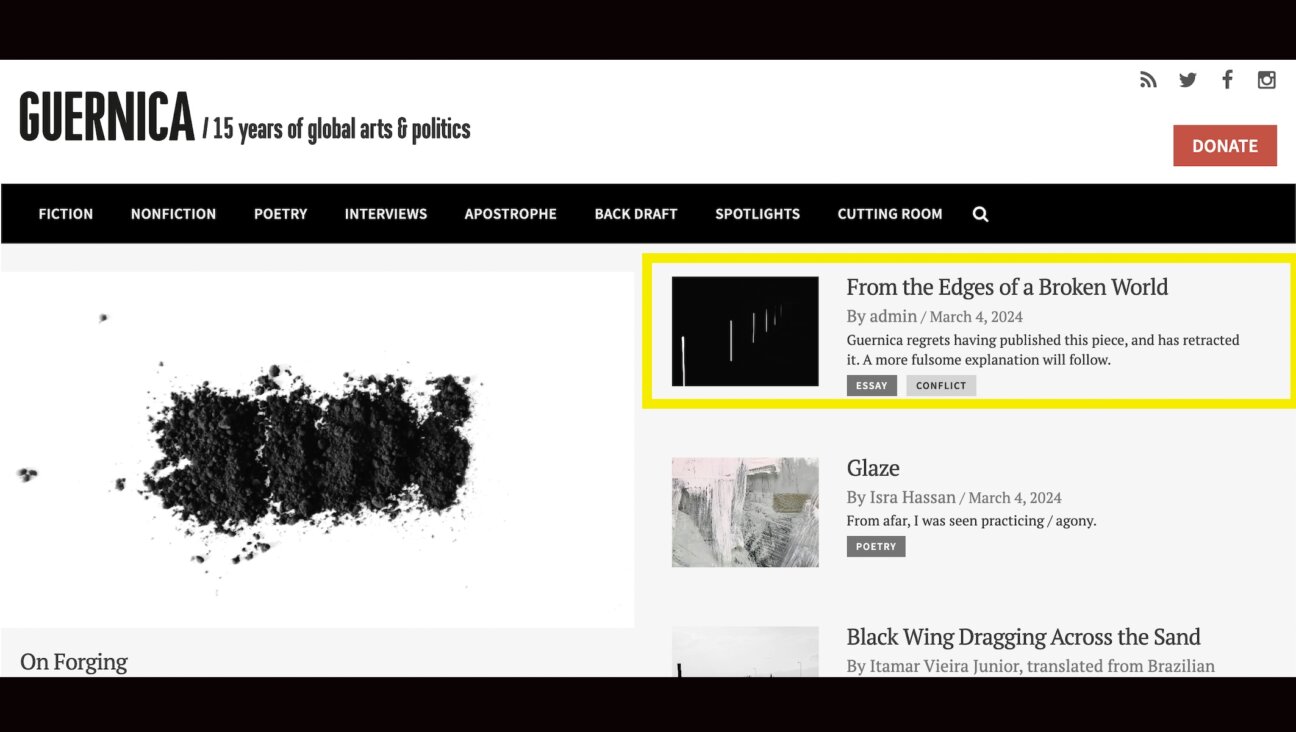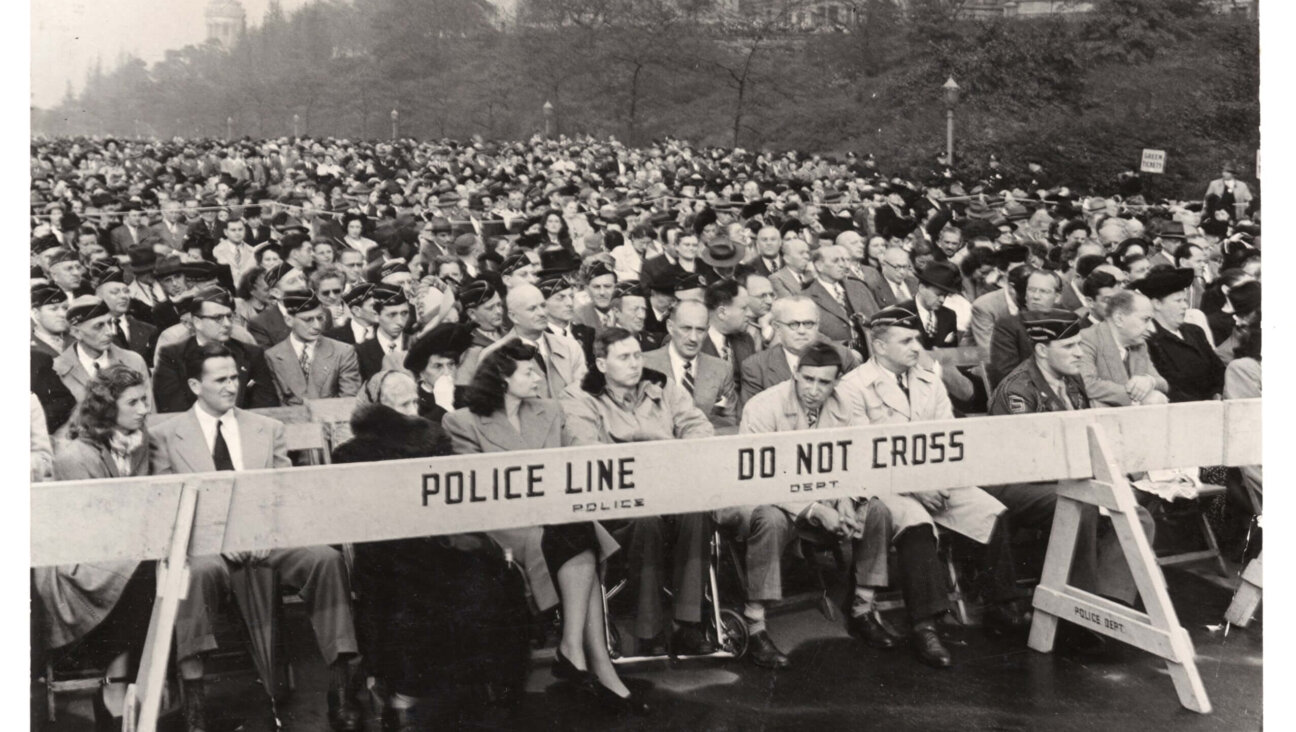Coney Island Before and After Sandy

Image by Sarah Ackerman
Crossposted From Under the Fig Tree
Ever since I first read John Kasson’s “Amusing the Million,” a vividly drawn historical account of Coney Island’s singular appeal as an urban “dreamland,” I’ve had a soft spot for that Brooklyn neighborhood, whose streets are called “Surf,” and “Mermaid,” and “Neptune.” In this, I’m not alone. So, too, did Woody Allen, I.B. Singer, Molly Picon and Ric Burns.

Image by Sarah Ackerman
Woody Allen, for his part, set a hilarious scene in “Annie Hall” in the shadow of a Coney Island rollercoaster, while some of I.B. Singer’s literary imaginings took shape against the area’s penchant for spectacle, both natural and man-made. Molly Picon, in turn, sang buoyantly in Yiddish of one of Coney Island’s most celebrated amenities: the hot dog. Ric Burns trained his sights on the off-kilter, dreamy quality of one of America’s most famous playgrounds, especially in its electrifying late 19th and early 20th century incarnation, giving rise to his very first documentary, Coney Island.
More recently, the Coney Island History Project was established in 2004 to collect and preserve the stories of people who not only visited Coney Island on occasion but also called it home. Appropriately enough, it set up a portable recording booth on the boardwalk to capture these memories.
Little by little, the Coney Island History Project began to collect stuff, too — maps, photographs, steeplechase horses and the memorabilia of bath houses where swimsuits could be rented for the day. Before long it created a museum all its own, first under the Cyclone rollercoaster and then, about a year ago, relocating to a space under the entrance to Deno’s Wonder Wheel Amusement Park. Where else?!
In the wake of Hurricane Sandy, the museum suffered considerable water damage, imperiling its well-being. Although its oral history collections are safe and sound, available online and at Brooklyn College’s Special Collections and Archives, some of the museum’s artifacts have been lost or damaged; the space housing these vernacular treasures has been adversely affected as well.
Still, the Coney Island History Project soldiers on, assembling the latest round of stories, ca. 2012, from the land of Mermaid and Surf Avenues.
Watch a video by Ross Perlin about Coney Island:

I hope you appreciated this article. Before you go, I’d like to ask you to please support the Forward’s award-winning journalism this Passover.
In this age of misinformation, our work is needed like never before. We report on the news that matters most to American Jews, driven by truth, not ideology.
At a time when newsrooms are closing or cutting back, the Forward has removed its paywall. That means for the first time in our 126-year history, Forward journalism is free to everyone, everywhere. With an ongoing war, rising antisemitism, and a flood of disinformation that may affect the upcoming election, we believe that free and open access to Jewish journalism is imperative.
Readers like you make it all possible. Right now, we’re in the middle of our Passover Pledge Drive and we need 500 people to step up and make a gift to sustain our trustworthy, independent journalism.
Make a gift of any size and become a Forward member today. You’ll support our mission to tell the American Jewish story fully and fairly.
— Rachel Fishman Feddersen, Publisher and CEO
Join our mission to tell the Jewish story fully and fairly.
Our Goal: 500 gifts during our Passover Pledge Drive!
























